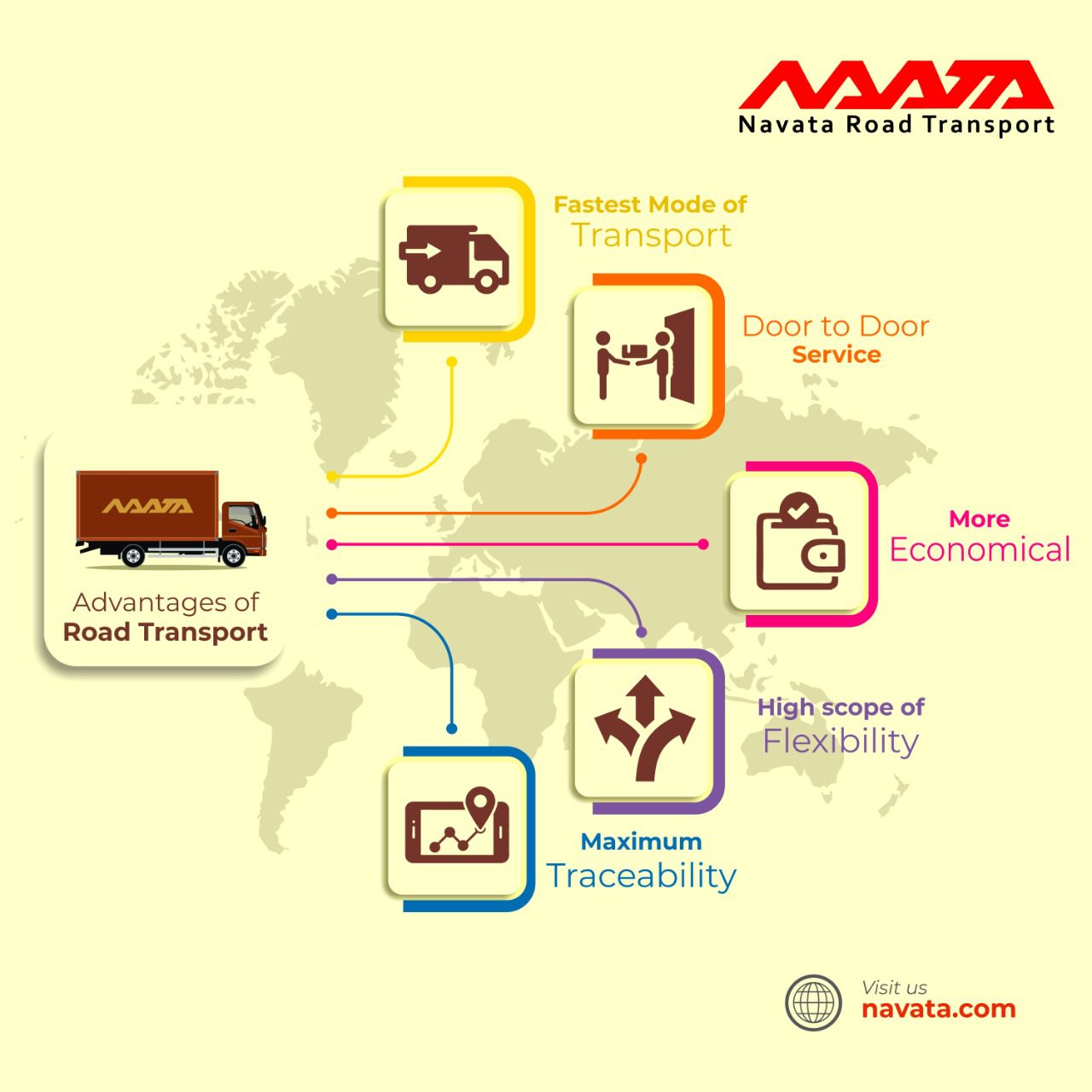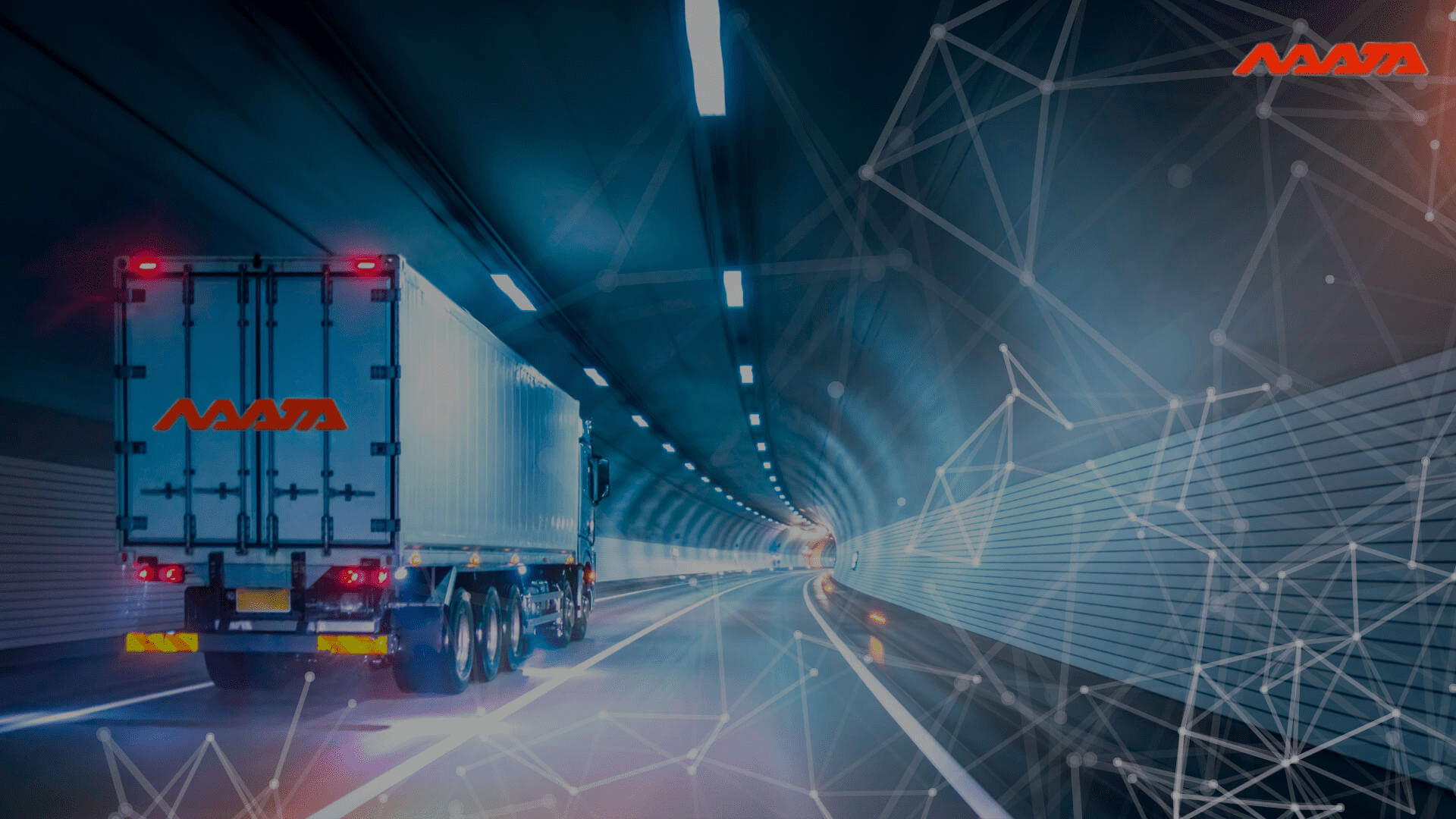5 Key Features of Road Transportation
Table of Contents
Features of Road Transport
India’s roads are very important for getting around the country. They facilitate travel between various sites by providing commuters with a variety of transportation options.
Transporting products or persons from one location to another using roadway is known as “road transport.” In India, freight is still mostly delivered by roadways.
Even though shipping by sea, air, or rail would be the most practical alternative for huge, long-distance freight, trucking will continue to dominate the Indian freight transportation market for the foreseeable future.
You Might Also Like To Read: Top 10 Advantages and Disadvantages of Road Transport in India

Here are 5 Features of Road Transportation:
Fastest Mode of Transport
Although other means are faster, road transport is much more agile.
Compared to other options, this one is the most time-efficient for transporting goods across shorter and medium distances (up to 2,500 km) due to the speed with which the shipment can be prepared and the service can be initiated.
Moving products by road is both swifter and cheaper over shorter distances. Loading and unloading at several stops along the journey might add time to transporting products by sea, air, or rail. When shipping by road, everything may be put onto a single truck and driven straight to its destination.
Here are some factors that contribute to the perception of road transportation as a fast option for the movement of goods:
Accessibility and Connectivity
Road networks are usually extensive and well-developed in many regions, allowing easy access to various locations, including remote areas. This accessibility enables goods to be transported directly from the point of origin to the destination without the need for transshipment or intermediate handling.
Shorter Loading and Unloading Times
Road transport generally involves shorter loading and unloading times compared to other modes of transport. Trucks can be loaded and unloaded quickly, minimizing waiting times at warehouses or distribution centers. This efficiency can contribute to faster overall transportation of goods, particularly for short distances.
Direct Routing
Road transportation allows for direct routing, meaning goods can be transported directly from the origin to the destination without the need for multiple transfers or transshipments. This direct routing eliminates additional handling and potential delays that could occur when goods are switched between different modes of transport.
Timeliness
Road transportation offers flexibility in terms of scheduling and timing. Trucks can adapt to changing routes and delivery schedules based on demand or unforeseen circumstances. This flexibility can be advantageous for time-sensitive goods or when rapid responses are required, ensuring the timely delivery of goods.
Last-Mile Delivery
Last-mile delivery, which refers to the final leg of the transportation process, transporting items from a transportation hub to the end-user or consumer, is particularly efficient with road travel. Road trucks can handle tiny streets and carry items right to the customer’s door, resulting in speedier and more convenient delivery for small-scale shipments.

Door-to-Door Service
Road transport’s capacity to deliver door-to-door, origin-to-destination, origin-warehouse, and doorstep service is the industry’s greatest strength. There is no other method of transportation that can provide this. Naturally, this lowers costs connected with feeder transit, including shipping, loading, and unloading.
Here’s how road transportation facilitates door-to-door services:
Pickup from the Origin
When utilizing road transport for shipping goods, a truck or a similar vehicle is dispatched to the location specified by the sender. This can be a factory, warehouse, or any other designated pickup point. The road transport operator or logistics company collects the goods from the sender, ensuring that the cargo is properly loaded and secured for transportation.
Transit
Once the products are placed into the road truck, the travel to the destination begins. The vehicle drives along the road network, taking the shortest path to the recipient’s location. The logistics, including any relevant papers, permits, or approvals, are coordinated by the road transport operator.
Unloading and Confirmation
Upon arrival at the destination, the road transport operator unloads the goods from the truck and confirms the delivery with the recipient. This may involve obtaining a signature or any other acknowledgment of receipt to ensure that the goods have been successfully delivered.
More Economical
The initial investment in road transportation is lower, and the ongoing operating and maintenance costs are lower as well. The effective cost of delivering products by vehicle transport is less than that of transit via railroads, even though the rate paid by motor transport is somewhat greater. Motor transport is less expensive overall because it requires less packaging and fewer intermediate loading, unloading, and handling fees.
High Scope of Flexibility
Due to the ease with which routes, timetables, and times may be altered to meet changing demands, road transport is the most adaptable kind of transportation. Because of this, road transport has a substantial advantage over other modes of transportation that have rigid time and route schedules. It may also be modified to suit the demands of certain users in terms of accessibility and practicality.

Maximum Traceability
It is now much simpler to constantly find and monitor cargo thanks to innovations in GPS technology and software for managing fleets. In addition to providing information in real-time, this makes it feasible to foresee challenges such as the onset of storms or road closures.
Here’s how road transport provides maximum traceability:
Real-Time Tracking
Many road transport operators provide tracking services that utilize technology such as GPS (Global Positioning System). This technology enables real-time monitoring of the truck’s location, allowing stakeholders to know the exact position of the shipment at any given time. This tracking information is often accessible through online platforms or mobile applications, providing visibility and transparency throughout the transportation process.
Shipment Status Updates
Along with real-time tracking, road transport companies often provide regular status updates regarding the progress of the shipment. These updates may include information such as estimated arrival times, delivery milestones, and any potential delays or issues that may arise during transit. This proactive communication keeps all parties informed and allows them to plan accordingly.
Communication Channels
Road transport companies typically maintain open communication channels with their customers. They provide contact information for inquiries, updates, and assistance related to the shipment. Customers can communicate directly with the transport operator to obtain real-time information or address any concerns regarding their goods.
Proof of Delivery
When the shipment reaches its destination, road transport companies collect proof of delivery (POD) from the recipient. This can involve obtaining a signature or digital acknowledgment confirming the receipt of the goods. The POD serves as evidence that the shipment has been successfully delivered and provides an additional layer of traceability and accountability.
Documentation and Records
Road transport companies maintain comprehensive documentation and records related to each shipment. This includes details such as the sender’s and recipient’s information, the nature of the goods, pickup and delivery timestamps, and any additional notes or instructions. These records enable traceability of the entire transportation process and can be used for reference or dispute resolution if needed.
Conclusion
By leveraging these features, road transportation plays a crucial role in facilitating trade, supporting supply chains, and meeting the transportation needs of various industries. It provides convenience, reliability, and efficiency in delivering goods while ensuring accessibility and traceability throughout the process. Ultimately, road transportation is an integral part of the global logistics ecosystem, contributing to economic growth and connectivity between regions and communities.
Thanks For Reading: 5 Key Features of Road Transportation
Powered By 360Presence
Features of Road Transportation Features of Road Transportation Features of Road Transportation




